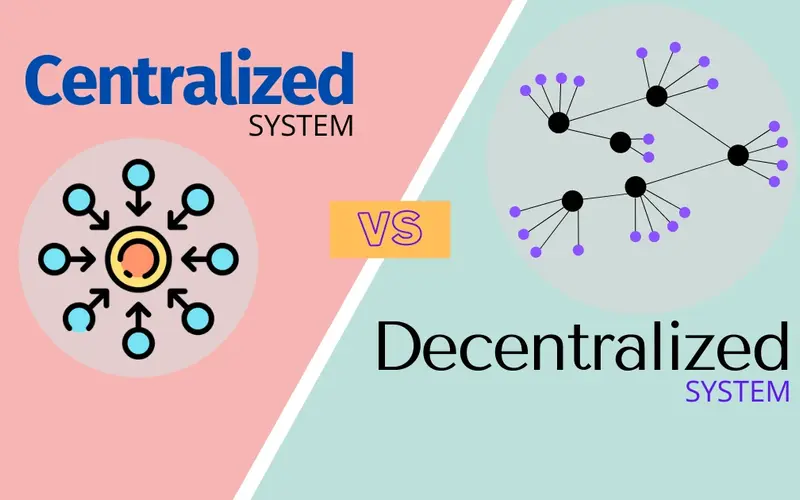
Blockchain was born out of a desire for decentralization—to create a system that is resistant to censorship, single points of failure, and the control of a central authority. However, despite this core philosophical tenet, various aspects of the blockchain ecosystem have become increasingly centralized, creating new risks and challenges that threaten the very promise of a trustless and permissionless world.
1. Consensus and Governance Centralization
In theory, both Proof-of-Work (PoW) and Proof-of-Stake (PoS) consensus mechanisms are designed to be decentralized, but in practice, they have shown a tendency toward centralization.
- Proof-of-Work (PoW): Bitcoin’s PoW network has seen a concentration of hash power among a few large mining pools. These pools control a significant portion of the network’s hash rate, which gives them the potential power to censor transactions or even perform a 51% attack, where they could double-spend funds.
- Proof-of-Stake (PoS): With the shift to PoS, the concentration of power has moved from miners to validators. On the Ethereum network, for example, a few large staking services, like Lido and centralized exchanges (e.g., Coinbase and Kraken), control a large majority of the staked ETH. This concentration of voting power raises concerns that a small group of entities could collude to influence protocol upgrades or censor transactions, undermining the network’s resistance to censorship.
2. Infrastructure Centralization
Many users and developers don’t interact directly with a blockchain’s decentralized network. Instead, they rely on centralized infrastructure providers, creating a new layer of centralization.
- Node Providers: Services like Infura and Alchemy provide easy API access to blockchain data, allowing developers to build applications without having to run their own full nodes. While this has been crucial for the growth of the ecosystem, it means that a large portion of the decentralized applications (dApps) in the ecosystem rely on a handful of centralized providers. A major outage or a malicious act by one of these providers could cause widespread disruption and lead to a single point of failure.
- Stablecoin Issuers: The vast majority of the stablecoin market is controlled by a few centralized entities, such as Tether (USDT) and Circle (USDC). These stablecoins, while essential for the ecosystem, are fundamentally centralized. They are backed by real-world assets, and their issuers have the power to freeze accounts, blacklist addresses, and respond to government and law enforcement requests, which stands in direct contrast to the censorship-resistant nature of a decentralized network.
3. Centralization in the User Experience Layer
Even if the underlying protocol is decentralized, a user’s experience can be highly centralized.
- Centralized Exchanges (CEXs): A significant number of users and trading volume are still on centralized exchanges like Binance and Coinbase. These exchanges act as a centralized intermediary, holding users’ funds in their own custody and providing a single point of failure that has been the target of countless hacks and security breaches.
- Web3 Front-ends: Many dApps have a single, centralized front-end (a website) that a user interacts with. This means that if the website is taken down, censored, or compromised, a user’s access to the decentralized protocol can be cut off, even if the protocol itself is still running on the blockchain.
4. Governance and Oracle Centralization
Decentralized Autonomous Organizations (DAOs) are meant to provide decentralized governance, but they are often vulnerable to centralization.
- Token-Weighted Voting: Most DAOs use token-weighted voting, which means a small number of large token holders, or “whales,” can control the governance process. This reintroduces a plutocratic system where a few wealthy individuals can control the outcome of a vote, undermining the democratic ideals of decentralization.
- Centralized Oracles: Smart contracts rely on oracles to bring off-chain data onto the blockchain. If a dApp relies on a single, centralized oracle to provide a price feed or a piece of data, it creates a single point of failure that can be exploited by an attacker to manipulate the data and drain a protocol’s funds, as seen in numerous oracle manipulation attacks.
The ongoing battle between centralization and decentralization is a defining feature of the blockchain ecosystem. While the technology provides the tools for a truly decentralized world, human and economic factors continue to push the ecosystem toward familiar, centralized points of failure. Addressing these risks requires a continued focus on building robust, decentralized infrastructure and promoting a culture of self-custody and user-driven governance.



